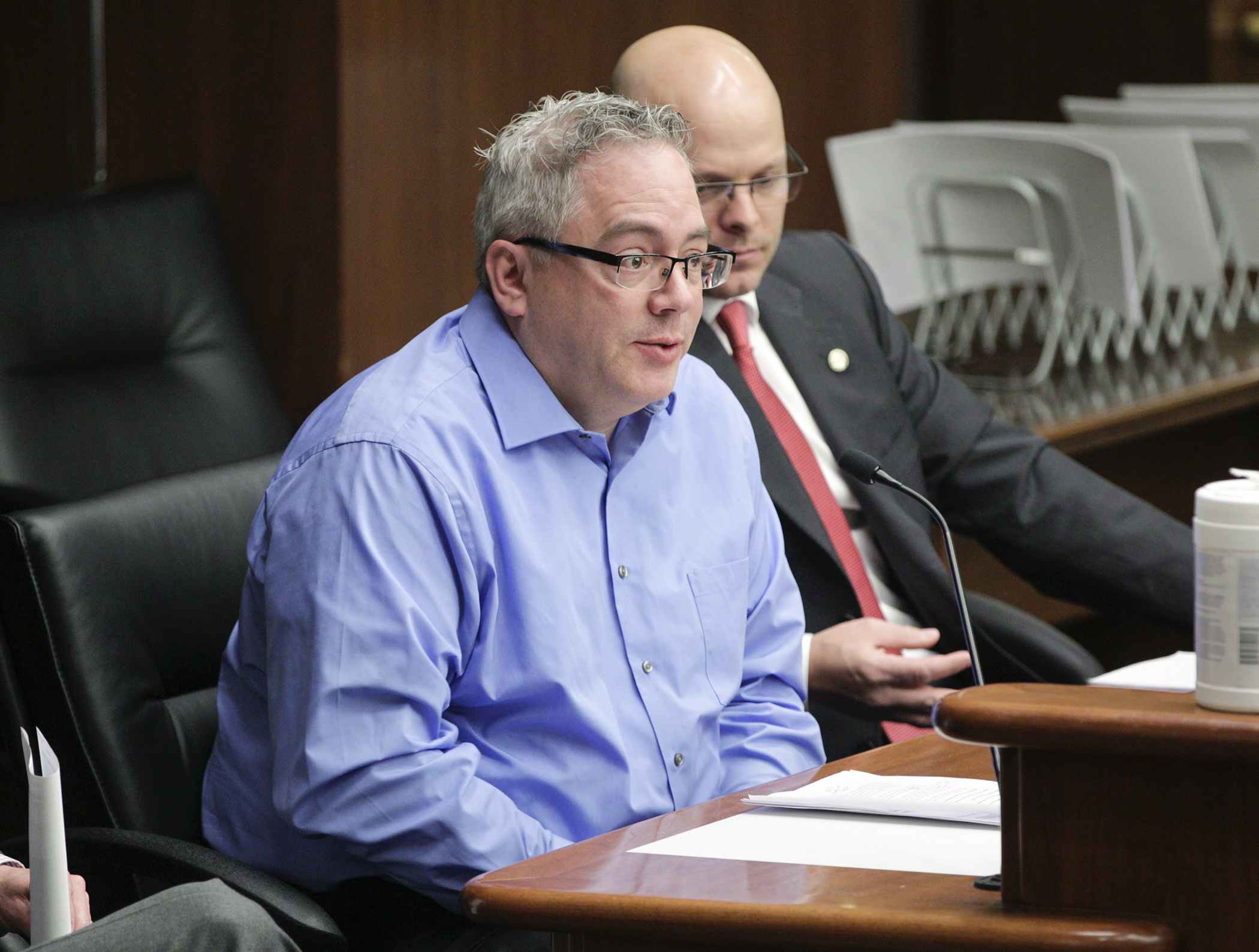Volunteering to drive may become a more tax-friendly task

Fourteen cents per mile. There’s a reason that number seems familiar to so many taxpayers. If you drive as part of a volunteer effort, that’s how much the nonprofit you’re serving is required to reimburse you. Thus has it been since 1997.
But many nonprofits recognize that costs have gone up in the past 23 years, so they reimburse their volunteer drivers at a higher rate. The average in Minnesota is more in the range of 30 cents to 40 cents per mile.
However, there’s a problem: If you received more than $600 in reimbursement for volunteer driving in a given year, both the federal and state governments levy a tax on you for anything over 14 cents per mile.
For many nonprofits, the cost and tax hassle for volunteers are putting a crimp in their ability to recruit the help they need. While it’s a multi-pronged problem, HF3983 — a bill sponsored by Rep. Dave Lislegard (DFL-Aurora) — is designed to at least take the state out of the taxation equation.
Under the bill, volunteer drivers would be allowed a subtraction equal to the amount of mileage reimbursement paid to them by a charitable organization, up to the standard business rate. That rate is currently 57.5 cents per mile.
The bill was held over by the House Taxes Committee Thursday for possible omnibus bill inclusion. Its companion, SF4204, sponsored by Sen. David Tomassoni (DFL-Chisholm), awaits action by the Senate Taxes Committee.
“Volunteer driving programs are in jeopardy because of the rising cost of operating a vehicle,” said Colette Hanson, transit manager of Arrowhead Transit, which operates buses in eight northeast Minnesota counties. “Because of this tax regulation, it is difficult to recruit and retain our volunteer drivers.”
Sherry Munyon, a lobbyist for the Volunteer Driver Coalition, said it’s common for volunteer drivers in rural Minnesota to transport non-drivers to doctors’ appointments at least 30 to 60 miles from their homes. That’s especially in the case of patients visiting the Veterans Administration in Minneapolis or the Mayo Clinic in Rochester, she said. It all makes the miles add up and, hence, the level of reimbursement.
The Department of Revenue estimates that about 1,400 taxpayers would be affected in tax year 2020, that their average reduction in tax would be about $23, and that the new law would cost the General Fund $30,000 a year.
“I think that is going to be money well spent,” said the committee’s chair, Rep. Paul Marquart (DFL-Dilworth).
But, again, it’s only a piece. The federal rate of taxation remains the same. And there’s also the volunteer drivers’ insurance liability, which is being dealt with in a separate piece of legislation, HF2377, sponsored by Rep. Dan Wolgamott (DFL-St. Cloud).
Related Articles
Search Session Daily
Advanced Search OptionsPriority Dailies
Ways and Means Committee OKs proposed $512 million supplemental budget on party-line vote
By Mike Cook Meeting more needs or fiscal irresponsibility is one way to sum up the differences among the two parties on a supplemental spending package a year after a $72 billion state budg...
Meeting more needs or fiscal irresponsibility is one way to sum up the differences among the two parties on a supplemental spending package a year after a $72 billion state budg...
Minnesota’s projected budget surplus balloons to $3.7 billion, but fiscal pressure still looms
By Rob Hubbard Just as Minnesota has experienced a warmer winter than usual, so has the state’s budget outlook warmed over the past few months.
On Thursday, Minnesota Management and Budget...
Just as Minnesota has experienced a warmer winter than usual, so has the state’s budget outlook warmed over the past few months.
On Thursday, Minnesota Management and Budget...